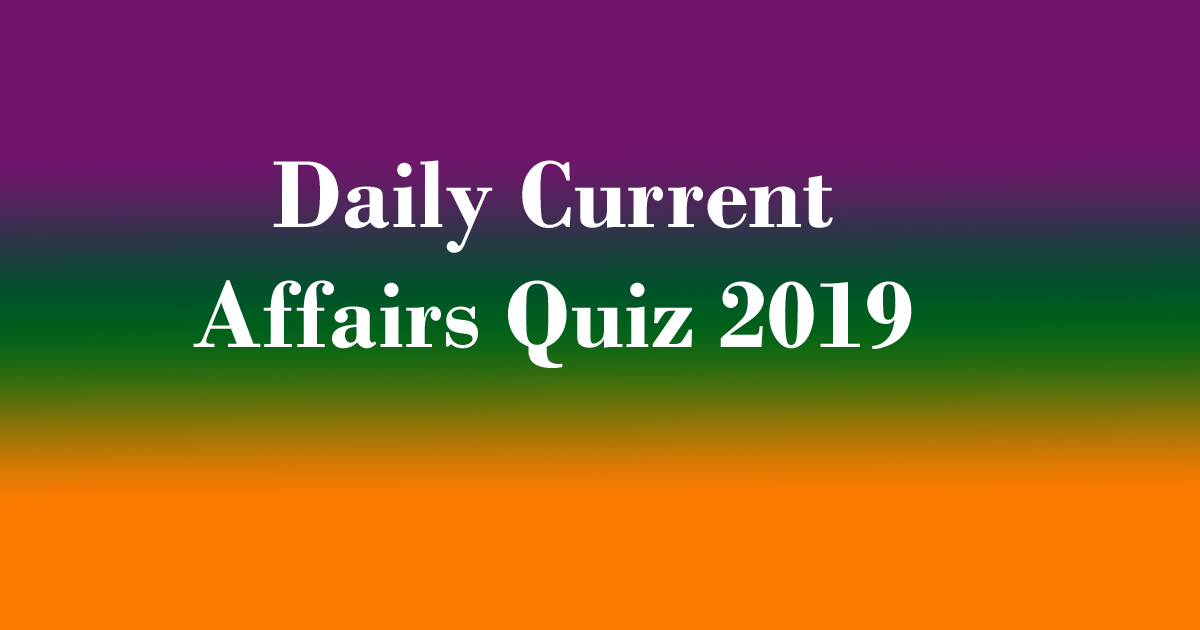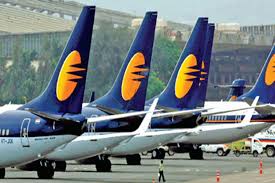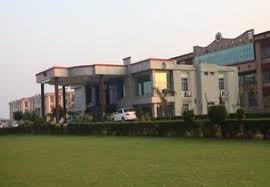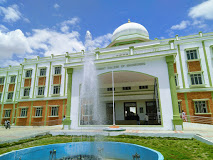
The final orbit raising manoeuvre of Chandrayaan-2 spacecraft was successfully carried out today (August 14, 2019) at 02:21 am IST. During this maneuver, the spacecraft’s liquid engine was fired for about 1203 seconds. With this, Chandrayaan-2 entered the Lunar Transfer Trajectory. Earlier, the spacecraft’s orbit was progressively increased five times during July 23 to August 06, 2019.
Daily Current Affairs Quiz 2019
The health of the spacecraft is being continuously monitored from the Mission Operations Complex (MOX) at ISRO Telemetry, Tracking and Command Network (ISTRAC) in Bengaluru with support from Indian Deep Space Network (IDSN) antennas at Byalalu, near Bengaluru. Since its launch on July 22, 2019 by GSLV MkIII-M1 vehicle, all systems onboard Chandrayaan-2 spacecraft are performing normal.
Chandrayaan-2 will approach Moon on August 20, 2019 and the spacecraft’s liquid engine will be fired again to insert the spacecraft into a lunar orbit. Following this, there will be further four orbit maneuvers to make the spacecraft enter into its final orbit passing over the lunar poles at a distance of about 100 km from the Moon’s surface.
Tentative plan for future operation after Trans Lunar Injection are as follows,

Subsequently, Vikram lander will separate from the orbiter on September 02, 2019. Two orbit maneuvers will be performed on the lander before the initiation of powered descent to make a soft landing on the lunar surface on September 07, 2019.
About Chandrayaan-2
Chandrayaan-2 is India’s second lunar exploration mission after Chandrayaan-1. Developed by the Indian Space Research Organisation, the mission was launched from the second launch pad at Satish Dhawan Space Centre on 22 July 2019 at 2.43 PM IST to the Moon by a Geosynchronous Satellite Launch Vehicle Mark III.
Launch date: 14 July 2019 (planned) Trending
Launch site: Satish Dhawan Space Centre Second Launch Pad
Rocket: Geosynchronous Satellite Launch Vehicle Mark III
Orbital insertion: 20 August, 2019 (planned)
Spacecraft component: rover
Manufacturer: Indian Space Research Organisation (ISRO)





